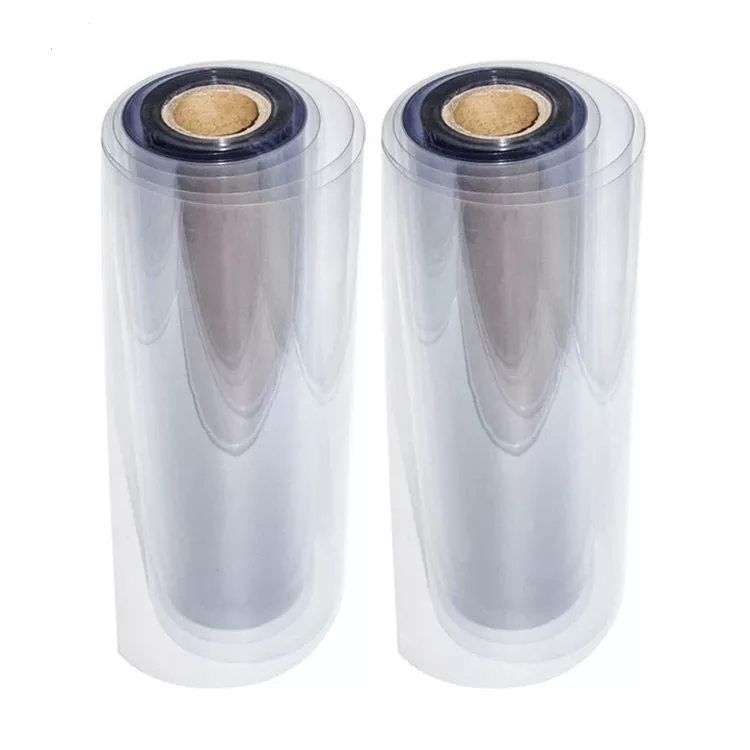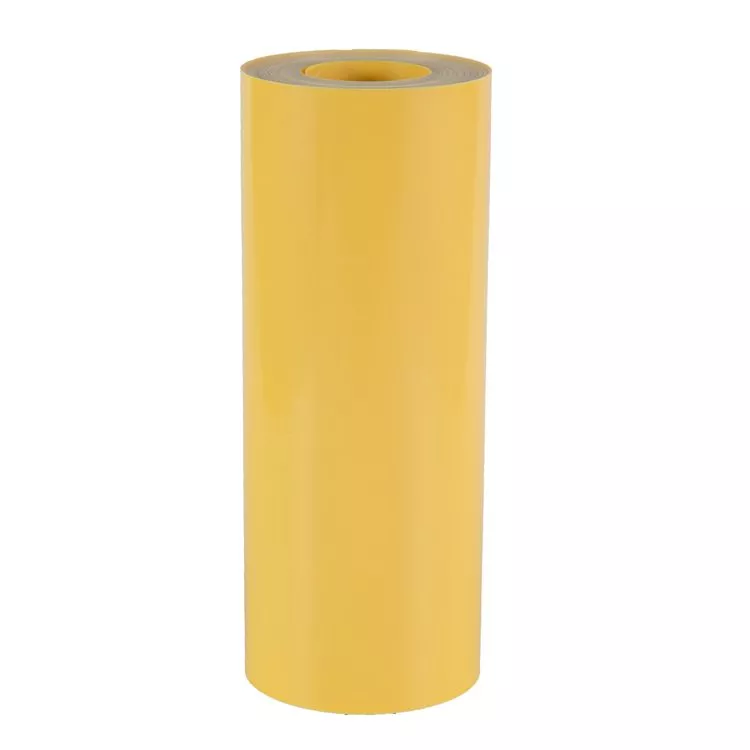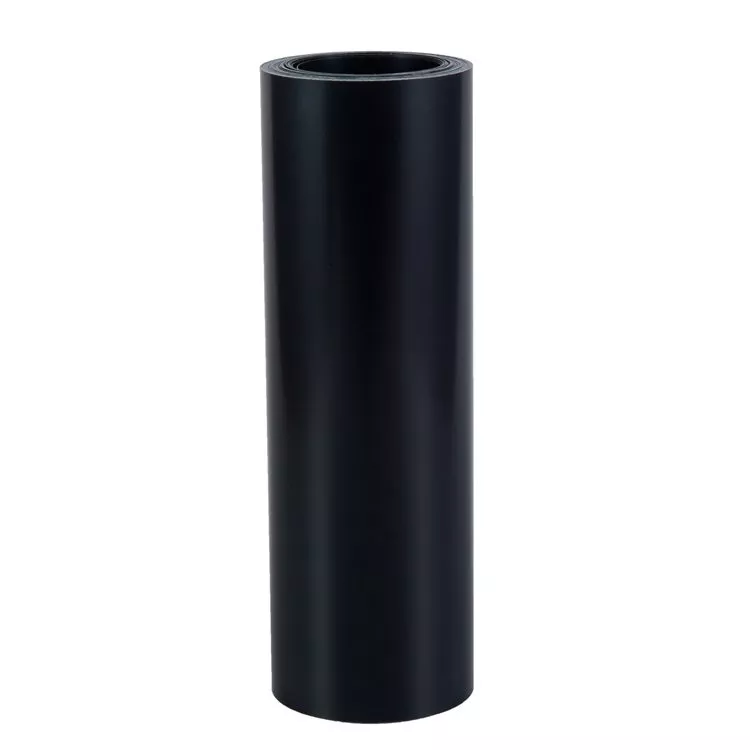Classification of plastics
Plastic can be divided into the following types, let’s take a look at it.
PETE or PET
Polymer Names: (PET, Polyethylene terephthalate)
Uses: polyester fiber, thermoplastic resin, adhesive tape and plastic bottles, commercial beverage bottles, edible oil bottles and other bottles.
Characteristics and safety concerns: Resistance to heat 60-85 °C (140-185 °F) and acid and alkali, overheating and long-term use may release the plasticizer dioctyl phthalate (DEHP) [9]. But generally, plasticizer is not added to PET materials.
Plastic color: white or transparent (rapid cooling during processing)
Plastic distinguishing features: The body of the bottle is formed without seams, and there will be a dot at the bottom. Easy to burn, burning will have black smoke and aromatic sweets, after burning melt down.
HDPE or PEHD
Polymer name: PE, High density polyethylene
Application: bottles, shopping bags, recycling buckets, agricultural pipes, cup holders, car barriers, fresh milk bottles, alcohol bottles, playground equipment and composite plastic wood.
Features and Safety issues: Bottles, shopping bags, recycling buckets, agricultural pipes, cup holders, car barriers, fresh milk bottles, alcohol bottles, playground equipment and composite plastic wood.
Plastic color: white translucent.
Plastic distinguishing features: feel like wax, bottle products are mostly opaque, plastic bag products rubbing or rubbing when rustling. Easy to burn, burning without black smoke and candle smell, the flame tip yellow lower end green, removed from the source of fire is not extinguished, after burning melt down.
PVC
Polymer name: PVC, Polyvinyl chloride
Application: Pipe, wall and non-food bottle, plastic wrap, egg carton, seasoning jar, etc.
Plastic color: transparent
Characteristics and Safety issues: Heat resistance 60-80 °C (140-176 °F), overheating is prone to release a variety of toxic additives (used to improve the properties of this type of plastic, including plasticizers of environmental hormones) Generally, PVC will have a large amount of plasticizers in the process. Plasticizers are now available in non-to



